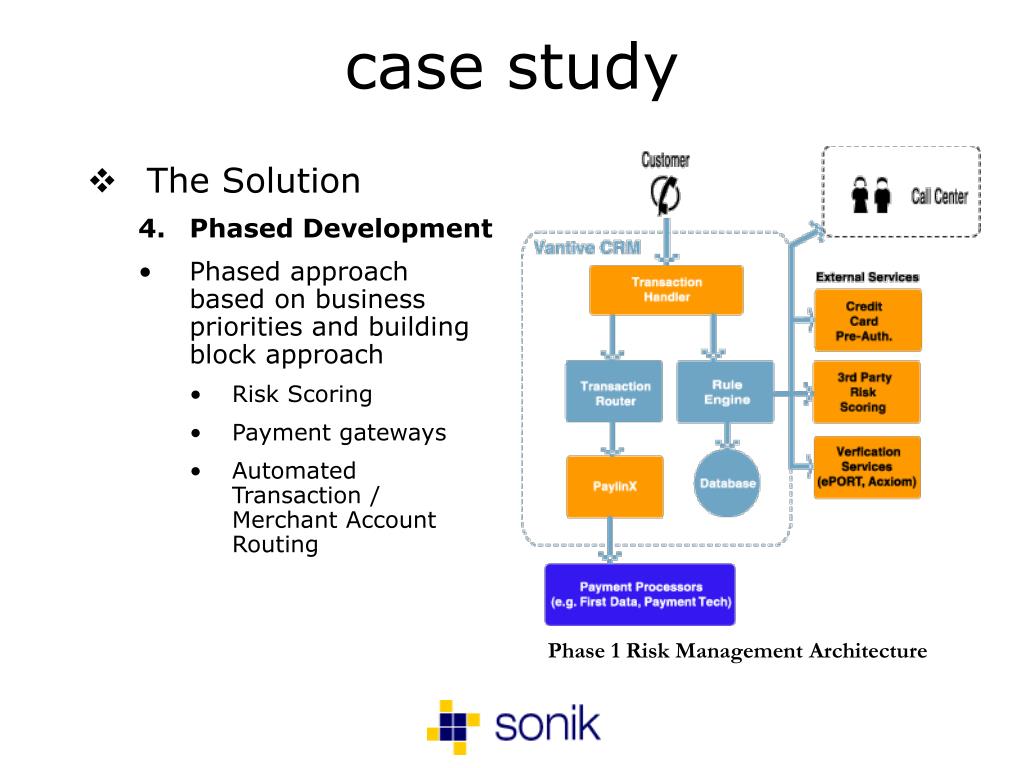
Rules & Workflows – Flexible, Customizable, and Powerful.These products offer top-of-the-line security against fraud attempts, and self-regulate based on both your and your consumers’ transaction behavior. Rules-Based Fraud Detection and Protection with į has a large suite of products that operate using a combination of rules-based processes, artificial intelligence, and machine learning. In any case, algorithmic models cut the necessity for human intervention down significantly, saving institutions money in overhead and labor. The human intervention occurs mostly at the data input stage and the quality assurance stage at the end of the process. Algorithmic systems change their rules and responses based on both past and emerging threats.
Credit card transaction risk engine update#
However, instead of relying on human intervention to quality check and update rules as it gathers more information, these systems do this work automatically. Rules-Based Fraud Detection and Machine LearningĪlgorithmic fraud detection, better known as machine-learning-based fraud detection, operates similarly to rules-based fraud detection. While rules-based systems are not necessarily a “set it and forget it” solution, their simplicity offers quick and easy implementation. Rules-based fraud detection systems are easy to develop and validate, and they work rather quickly in operation. In some cases, keeping it simple is actually better – this holds for rules-based system implementation. If an issue arises in reporting, such as a false positive or negative, human intervention can quickly identify and correct it.


This, combined with machine-learning systems for more sophisticated attempts, provides great security for transactions.īecause rules-based systems operate based on what rules are satisfied, they are easy to interpret, or “transparent”. They scan through all transactions and identify fraud based on rules, allowing for more transactions to be screened quickly. The benefit of rules-based systems is their low complexity. Incorrect or badly defined rules lead to lower fraud detection and false positives. This is also true in machine-learning systems.Ī rules-based system works best when the human security officer sets useful and effective rules. If an institution is limited to a small data pool, it cannot accurately and effectively identify fraudulent transactions. Rules-based systems work best with a large aggregation of data, to better address all vulnerabilities that institutions face. Between the updates, fraudsters take advantage of blind spots. Traditional systems rely on rules set by human security officers, and must manually be updated in response to threats. In these situations, fraudsters spoof transactions or circumvent existing rules. These systems contain blind spots, areas which rules do not cover. Despite this, there are some weak spots that rules-based systems could address. Rules-based systems effectively detect fraud based on a set of rules, cutting human intervention down, therefore lowering overhead security costs for businesses. Unfortunately, this gatekeeper fails sometimes, with false positives and negatives. The system serves as a gatekeeper – it lets some transactions through, but flags or denies others based on what rules they satisfy.

If a transaction does not fulfill any of these rules that define a fraudulent transaction, it goes through as a non-fraudulent transaction. On the other hand, if someone from the same IP address is creating multiple credit card accounts in a short period of time and sending money.

Sender/Receiver – If a user receives payments in large amounts from multiple newly created accounts.Further, if an account number is used in a variety of transactions with little to no connection, or if there is an unusually high amount of small transactions for the user. Frequency – If a user rarely uses an account that suddenly lights up with transaction activity.For example, if a user whose purchases commonly occur in Santa Fe suddenly has a transaction appear in rural Ohio, or Eastern Europe. Location – if a transaction occurs outside of the usual location of the user.This methodology of fraud detection operates on a set of “rules”, or a set of conditions that when detected, signify potentially fraudulent transactions. Rules-based fraud detection identifies fraud based on a set of unusual attributes, including unusual time stamps, account numbers, transaction types, and amounts, among other criteria. Built for: Technology and Security Officers.Synthetic Identity Fraud – Theft Detection.


 0 kommentar(er)
0 kommentar(er)
